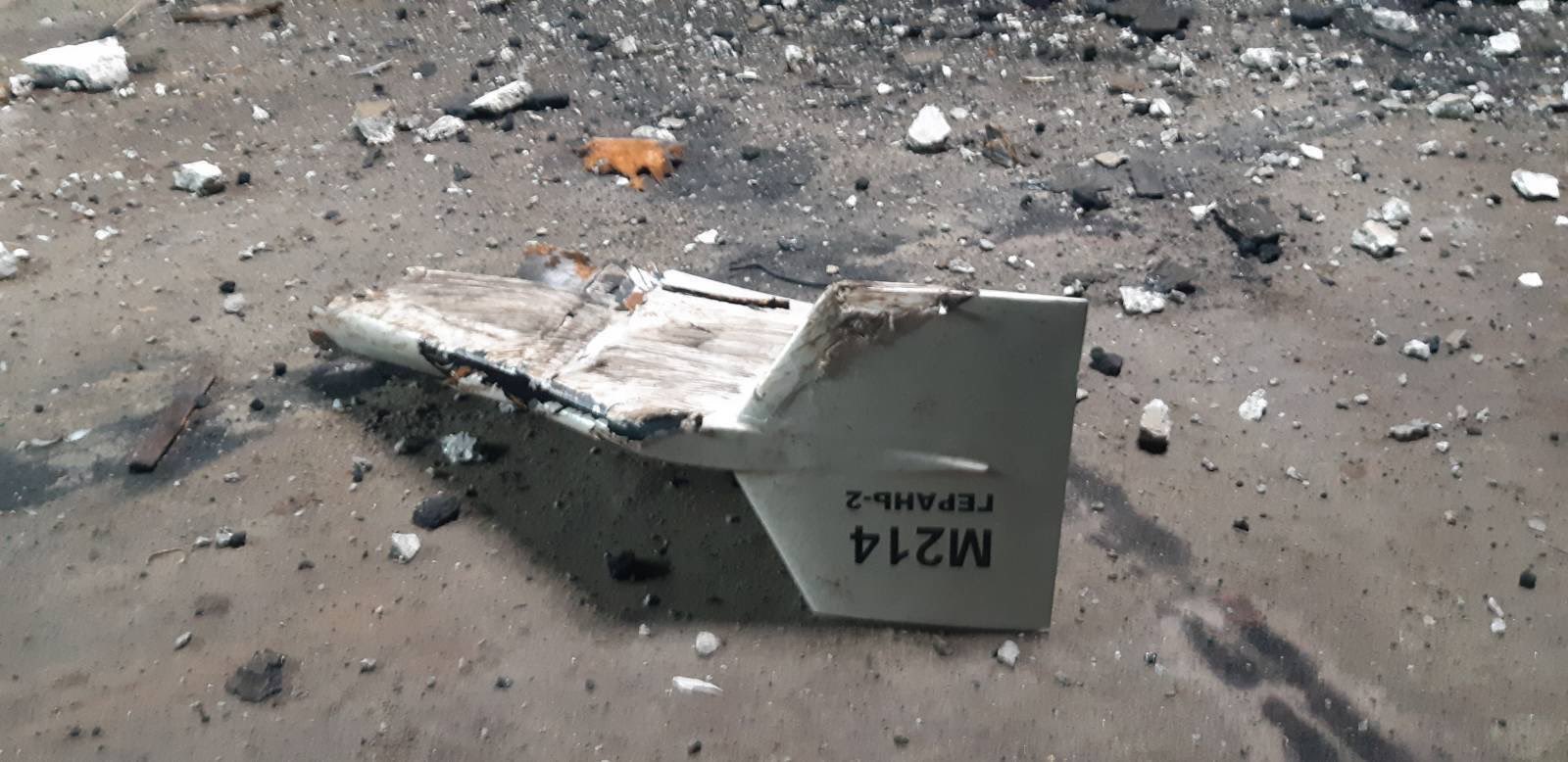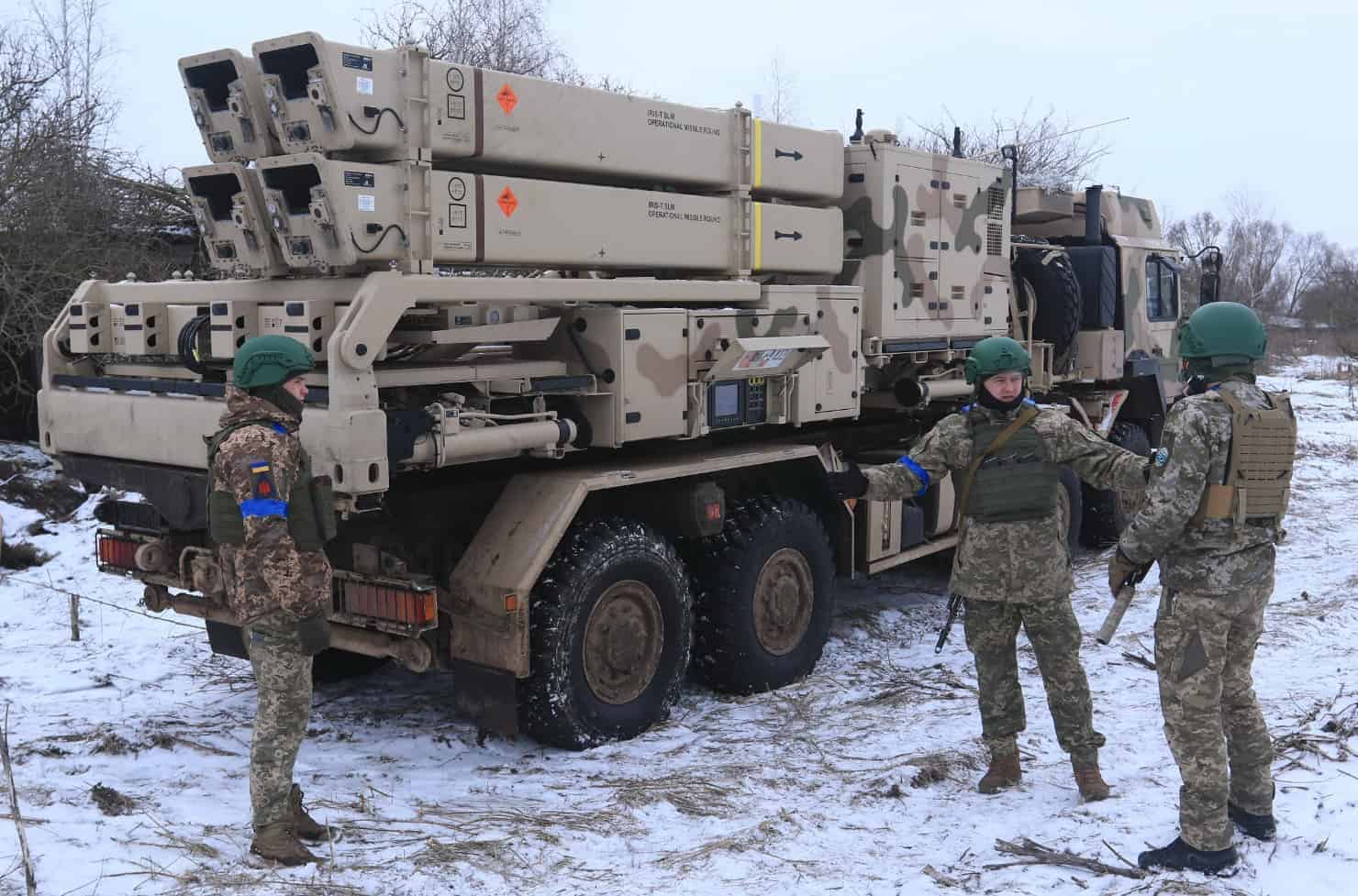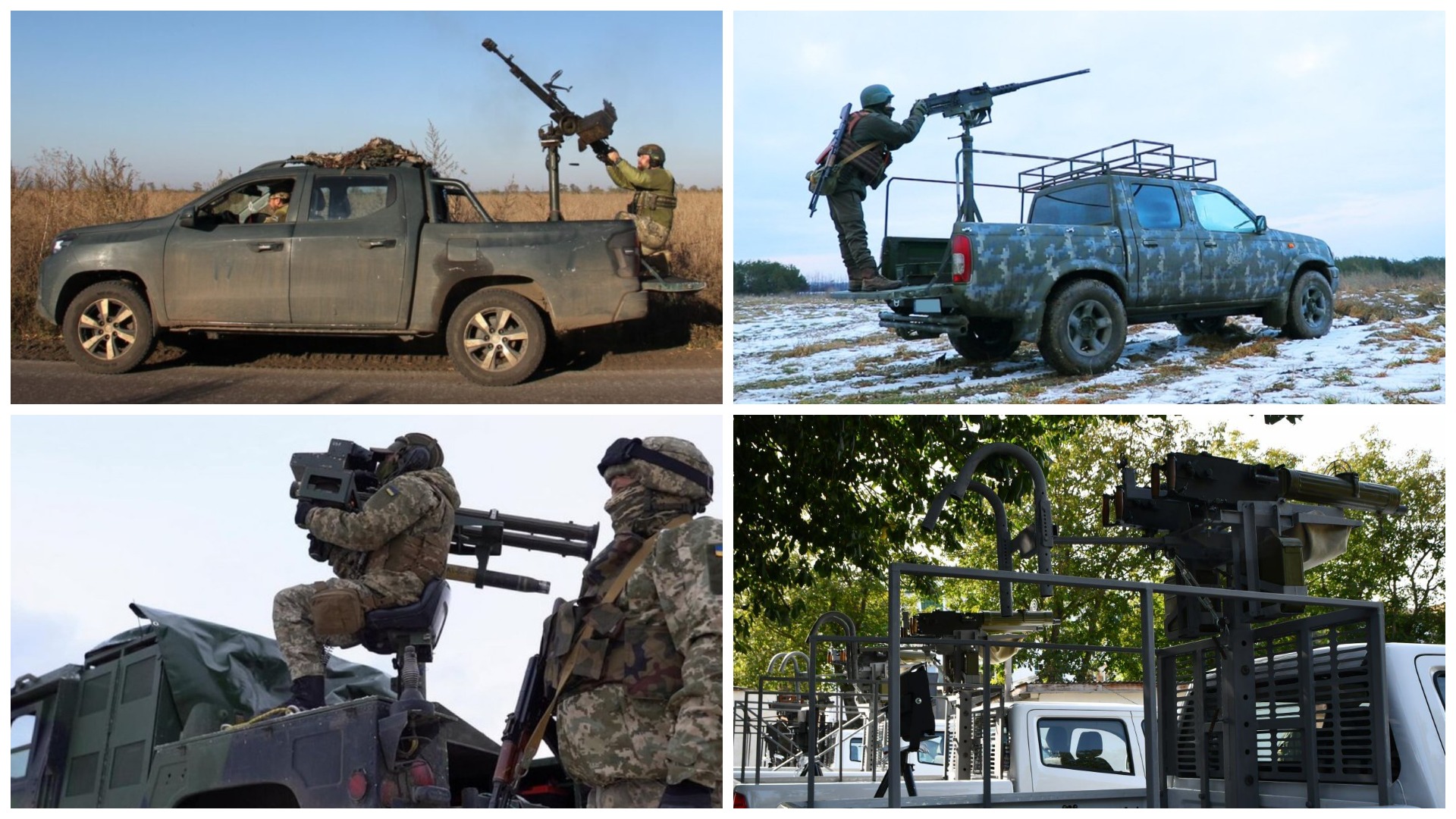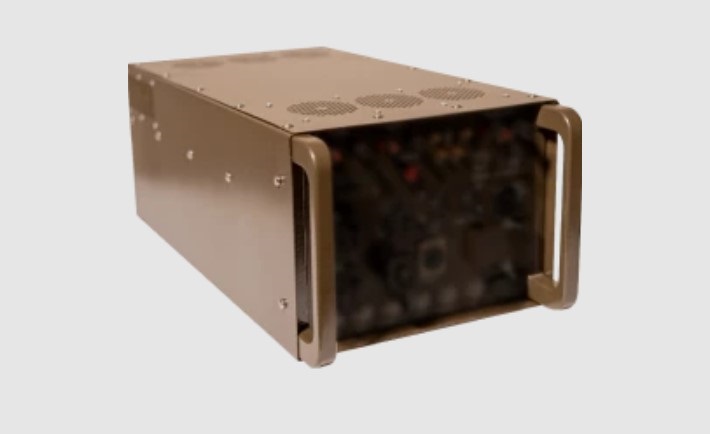With the increase in attacks by Russian loitering munitions on Ukrainian cities, Ukraine is increasing the number of mobile air defense teams.
There is hope that these air defense teams will be capable of confronting Russia’s terrorist tactics. Let’s remember how it started.
On September 12, 2022, an unknown drone released from Russia was shot down over the Kharkiv region.
After examining the wreckage, it turned out that it was an Iranian Shahed-136 loitering munition with the number М214.
From this day on, Iranian drone launches in Ukraine began to increase. On September 23, 2022, the Russians hit the administrative buildings of Odesa with drones and killed the first civilians with these Shahed-136.

In total, 440 Shahed-136 drones were recorded over Ukraine in 2022, of which 78 hit various objects. That is, approximately 18% of hits.
As of September 2023, Russia has already launched 1874 loitering munitions against Ukraine.
The strike drones fly from three directions in Russia: from Kursk – in the north, and in the south — from a training ground on the Crimean Cape Chauda, and from Primorsko-Akhtarsk in the Krasnodar Krai.
President of Ukraine, Volodymyr Zelensky, noted that this winter Russia plans to actively attack Ukraine with Iranian drones and missiles.
“It is important that Ukraine has protection for the winter, because in the winter we will have many attacks from different sides, different types of Russian missiles, including Iranian drones,” Volodymyr Zelensky said.
Constant launches of ballistic and cruise missiles, loitering munitions, and simulators of air targets deplete the resources of Ukrainian air defense.
Ukraine is able to use its Soviet and Western missile systems against air targets.
However, the Tor, Buk, S-125, S-300, IRIS-T, NASAMS, PATRIOT, SAMP/T, HAWK, and others have quite scarce missiles to use against drones.

Anti-aircraft missiles are needed primarily to cover airspace from Russian aircraft and missiles.
Realities led to the fact that the Ukrainian Air Force had to engage combat aircraft to destroy Shahed drones.
Once, such usage of combat aircraft resulted in the loss of the aircraft: Shakhed debris damaged the plane in the air, forcing the pilot to eject.
German Gepard anti-aircraft guns, Soviet ZSU-23-4 Shilka, and the 2S6 Tunguska anti-aircraft missile and gun system are actively involved in the destruction of Russian loitering munitions.
The Gepard in this case proves to be an extremely effective weapon and spends a very small amount of 35mm ammunition on one Russian drone.
The installation fires a salvo of 35mm anti-aircraft shells from a twin automatic gun, which bursts at the target and forms a cloud of shrapnel, that is, a large area of destruction. And so Shahed is destroyed in one salvo.

Ukraine also obtained in 2023 the American AN/TWQ-1 Avenger short-range hybrid mobile surface-to-air missile launcher systems and self-propelled anti-aircraft guns.
For such a system, Russian Shahed drones and cruise missiles are quite an easy target due to their low static altitude, as well as their predictable flight direction and speed.

This allows the operator to lock-on the target and fire a FIM-92 Stinger missile. In addition, in case of close contact, the installation is equipped with an aviation modification of the M2 Browning 12.7mm machine gun with a doubled firing rate (1200 rounds per minute).
However, Ukraine lacks these systems, and it does not allow to ’close’ all directions over Ukraine.
Back in the spring of 2022, mobile teams began to be created in Ukraine to quickly strengthen air defense.
For this, SUVs were chosen, on which a tripod with sighting devices and a Mistral anti-aircraft missile system were installed.
Before the loitering munitions appeared on a stage, mobile groups used to be the only ones who were involved in shooting down Russian ZALA and Orlan drones.

After the Iranian Shahed-136 drones came into play, the Ukrainian Defense Forces began to install various machine guns on light vehicles.
To solve the problem of the lack of special iron sights, anti-aircraft sights were added to machine guns in workshops.

For mobile teams, PKT, DSHKM, Maxim, western Browning machine guns, and FIM-92 Stinger MANPADS, were put on turrets.
In general, the DSKM heavy machine guns, which were also purchased from the Romanian company Uzina Mecanica Cugir, began to be massively installed.

Soldiers with conventional small arms and man-portable air-defense systems were also involved in forming such mobile teams.
Every time the Air Raid Alert starts in Ukraine, the Air Defense Mobile Fire Team Forces are already in full combat readiness.

Mobile teams are also using trucks with ZU-23-2 anti-aircraft guns and upgraded Zastava M75 20×110mm anti-aircraft installations.
The Ukrainian M75s were modernized by equipping them with HikVision infrared and thermal optical devices.

A picture from optical devices on an anti-aircraft installation is transmitted via a digital video channel to the gunner’s tablet.
Technical Surveillance Counter Measures Teams, armed with electronic warfare systems, were also given mobility in Ukraine.
These teams are capable of preventing attacks on civilian and military facilities.

Increasing the mobility of such electronic warfare teams will allow them to use their means to counter the enemy in time.
Maneuvering fire teams are used to air cover critical infrastructure facilities and during troop movements.
Anti-aircraft gunners note that ambush is the better option to hunt Russian UAVs.

It is also necessary to skillfully and thoughtfully place teams on the drones’ possible paths.
“There was a case of two enemy aerial targets coming at us. One we shot down, and the other immediately changed its direction. However, we predicted such a situation and were able to calculate its new course in advance. A mobile firing group from the ZU-23-2 was sent there in advance. So, the second object was successfully destroyed,” the military said.
Nevertheless, with only machine guns, it is difficult to shoot down an aviation target. For this, mobile teams began to be equipped with special equipment.
The groups are equipped with thermal sights, target detection, and laser targeting devices.

In the case of the detection of an enemy target, one group spreads information between all units until someone has the opportunity to destroy it.
Acoustic sensors are also very helpful in detecting drones. To do this, a single network of acoustic monitoring points is installed, with data transferred to a single database.
At night, mobile air defense teams actively begin to use special spotlights.
Such specialized lights help in targeting quite small targets and then following them until they are shot down.
For example, National Guard searchlights from Spaceray allow the detection of targets at a distance of up to 2 kilometers, even if the drone is disguised using black matte paint.

The Come Back Alive Foundation plans to equip such teams with broadcast communications kits.
These kits should ensure stable and uninterrupted communication with the command, high-quality interaction with other units of the defense forces, obtaining data on the air situation, and timely issuance of target designations.

For autonomy, mobile air defense teams are also equipped with drones, tablets, flight-tracking devices, generators, etc.
For the Western world, Russia’s tactics of “throwing” ammunition at Ukraine became quite new.
Due to the growing threat of these drones and the experience of war in Ukraine, the Pentagon is already testing new ways to counter this.

The Pentagon has selected five companies to demonstrate solutions that are capable of countering loitering munitions.
At the demonstration, a MORFIUS mobile radio-integrated jamming UAV manufactured by Lockheed Martin was presented.
A MORFIUS in-flight anti-drone must neutralize enemy drones.
An LMM laser-guided rocket from Thales and an APKWS from BAE Systems were introduced.
The Thales LMM missiles are used by the Ukrainian Defense Forces on Stormer anti-aircraft missile systems.

APKWS missiles are also used by the Defense Forces. They launch them from the ground launcher on the chassis of the HMMWV SUV.
APKWS can hit aerial targets, which turns it into a short-range SAM when used in the VAMPIRE system.

The U.S. Army is also testing experimental weapons against drones with the help of the Ukrainian military.
The U.S. is sending anti-drone munitions as part of an experimental platform.
In its turn, Russia uses attack helicopters to destroy the drones. These helicopters use 30mm guns instead of missiles.
It is worth noting that Russia will continue to increase supplies and production of loitering munition. To counter this, Ukraine needs to strengthen its air defense with weapons that are easy to replenish and new inexpensive, innovative solutions that it is already working on.
Підтримати нас можна через:
Приват: 5169 3351 0164 7408
PayPal - paypal@mil.in.ua
Стати нашим патроном за лінком ⬇
Subscribe to our newsletter
or on ours Telegram
Thank you!!
You are subscribed to our newsletter